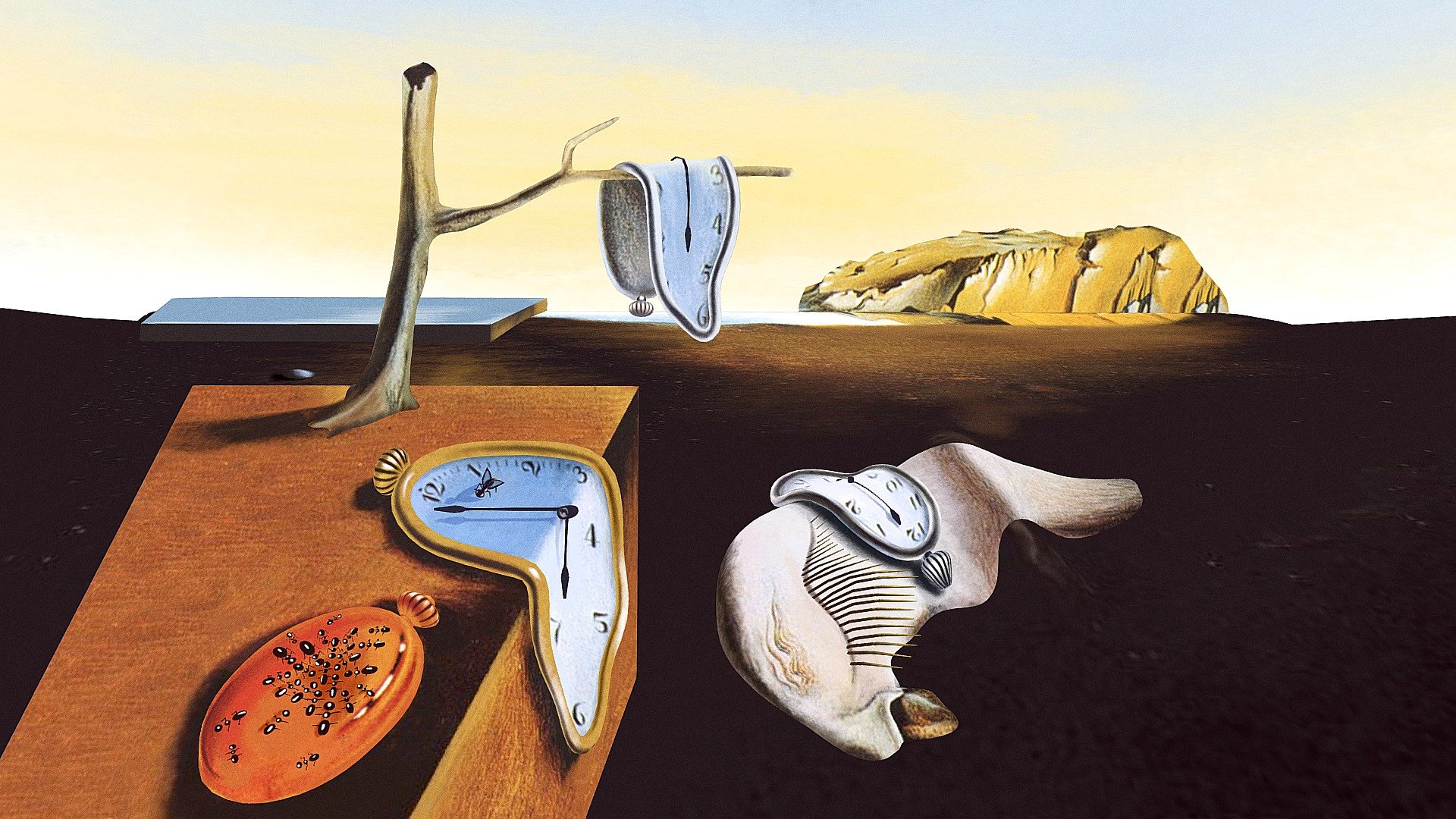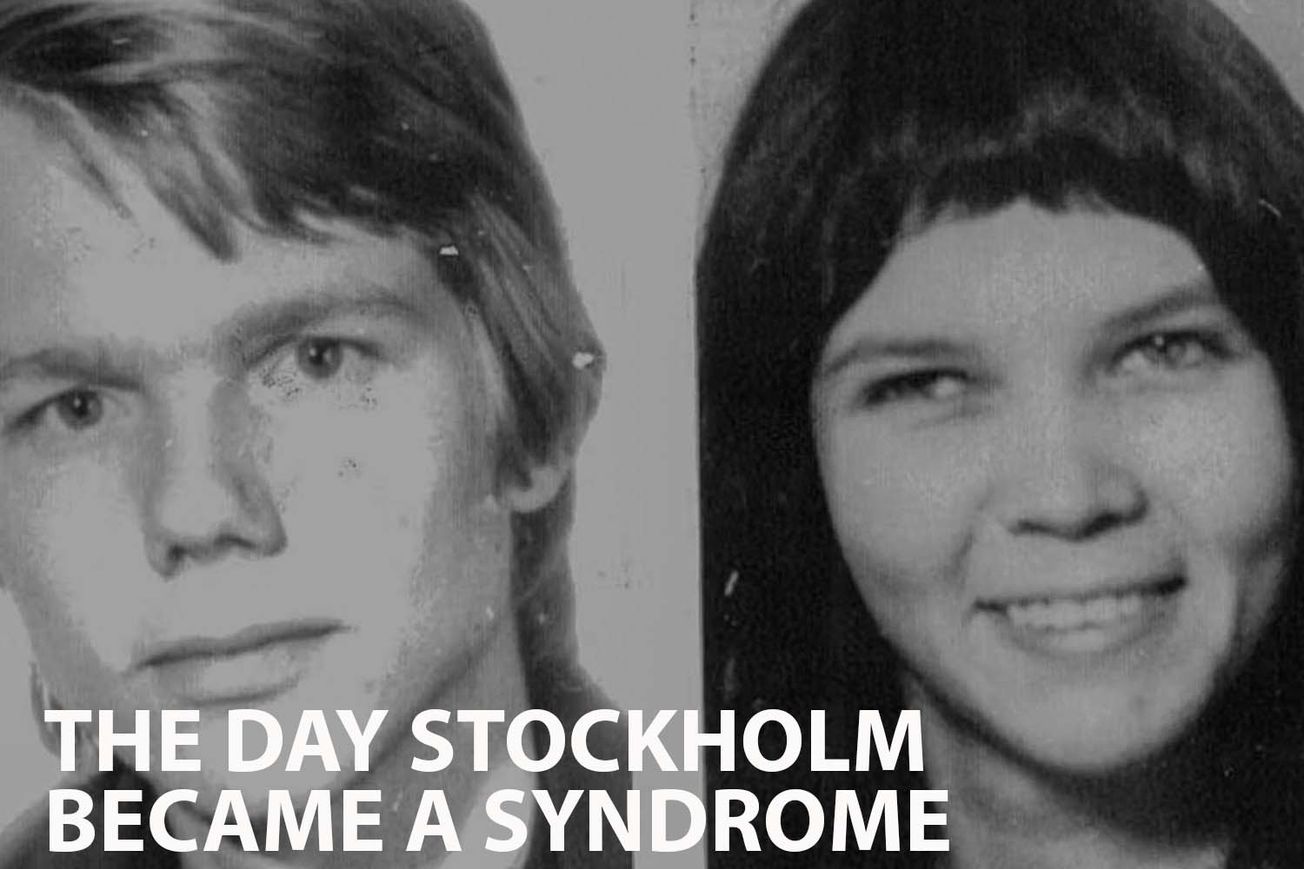Keywords: Stockholm Syndrome, psychological phenomenon, hostage drama, bank heist, Swedish history, 1970s crime, human psychology, emotional bonds, captor-victim relationship, criminal psychology, social science, mental health. Three words: Intriguing, Psychologically-Provocative, Historic.
Introduction
The documentary "The Day Stockholm Became a Syndrome" is an intriguing exploration into a historic event that spawned a worldwide psychological concept. Released in 2022 and directed by an anonymous director, this film delves into the infamous six-day hostage drama inside a Swedish bank that gave birth to the term “Stockholm Syndrome”.
Synopsis
The film chronicles the six-day hostage situation that occurred inside a Swedish bank in the 1970s, an event that led to a psychological phenomenon known as "Stockholm Syndrome". This term is used to describe a situation where hostages develop an emotional bond with their captors, a concept that has had a profound impact on the fields of psychology and criminology.
More Film Analysis
Analysis
"The Day Stockholm Became a Syndrome" employs a narrative style to weave a compelling story, backed by in-depth research and first-hand accounts. The film explores the psychological dynamics that led to the development of Stockholm Syndrome, providing a captivating and thought-provoking viewing experience.
Historical and Factual Context
The film provides a comprehensive background of the hostage situation, the societal context of 1970s Sweden, and the subsequent scientific and media discourse that led to the coining of the term "Stockholm Syndrome".
Key themes in the film
- The psychological bond between captor and captive
- The societal impact of high-profile crimes
- The evolution of psychological concepts and terminology
Film Comparisons
"The Day Stockholm Became a Syndrome" can be compared to other documentaries that explore complex psychological phenomena through real-life events, such as "The Stanford Prison Experiment" and "MindHunter".
Noteworthy Moments
The film's revelation of the hostages' perspectives and their surprising emotions towards their captors is a significant moment that truly encapsulates the essence of Stockholm Syndrome.
Reviews
As the film is recently released, reviews are yet to be compiled. However, given the compelling nature of its subject matter, it is expected to garner attention and positive reviews from audiences and critics alike.
Conclusion
"The Day Stockholm Became a Syndrome" is a fascinating exploration of a historical event that changed our understanding of human psychology. It's highly recommended for anyone interested in psychology, history, or true crime.
More film information:
FILM SUMMARY
- Genre: Documentary
PERSONALITIES
- The hostages and their captors in the 1970s Swedish bank heist
- The police and negotiators involved in the crisis
- The psychologists and experts who coined and studied the term "Stockholm Syndrome"
LOCATIONS
- The Swedish bank where the hostage situation took place
- The city of Stockholm
- Various locations where interviews and analyses were conducted
Key Questions Raised by the Film:
- What led to the hostages forming an emotional bond with their captors?
- How did the concept of Stockholm Syndrome evolve after the event?
- What impact did this event have on the field of psychology and law enforcement?
Links for Further Exploration:
I wonder what the film would be in another art form



- If this film was a famous book, it would be "1984" by George Orwell - for its exploration of psychological manipulation.
- If this film was a famous song, it would be "Behind Blue Eyes" by The Who - for its themes of loneliness and misunderstood intentions.
- If this film was a famous piece of art, it would be "The Persistence of Memory" by Salvador Dali - for its representation of the fluidity and complexity of the human mind.
- If this film was a famous celebrity, it would be Anthony Hopkins - for his portrayal of complex psychological characters.
- If this film was a color, it would be grey - to represent the blurred lines between victim and perpetrator.
- If this film was a music style, it would be jazz - for its complexity and improvisational nature.








